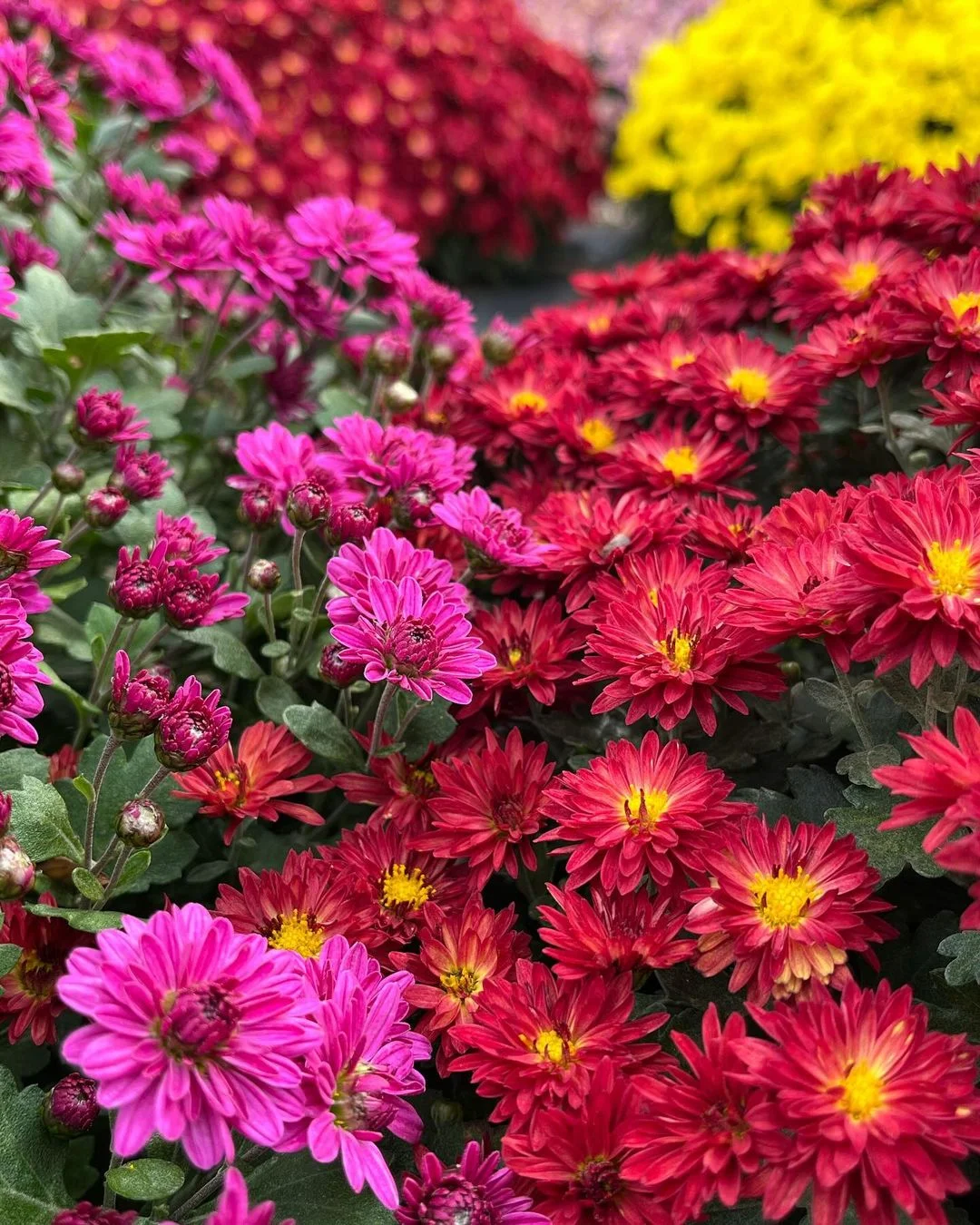Indoor plant irrigation systems automate watering for houseplants, ensuring consistent moisture levels. Common types include self-watering pots, drip systems and smart WiFi-enabled devices. These systems can save time, reduce plant stress and are ideal for frequent travelers or those with many plants.
As a horticultural technologist specializing in indoor gardening solutions, I’m excited to share insights about indoor plant irrigation systems. These innovative solutions are changing the way we care for our houseplants, making it easier than ever to maintain a thriving indoor garden.
Types of Indoor Plant Irrigation Systems
1. Self-Watering Pots
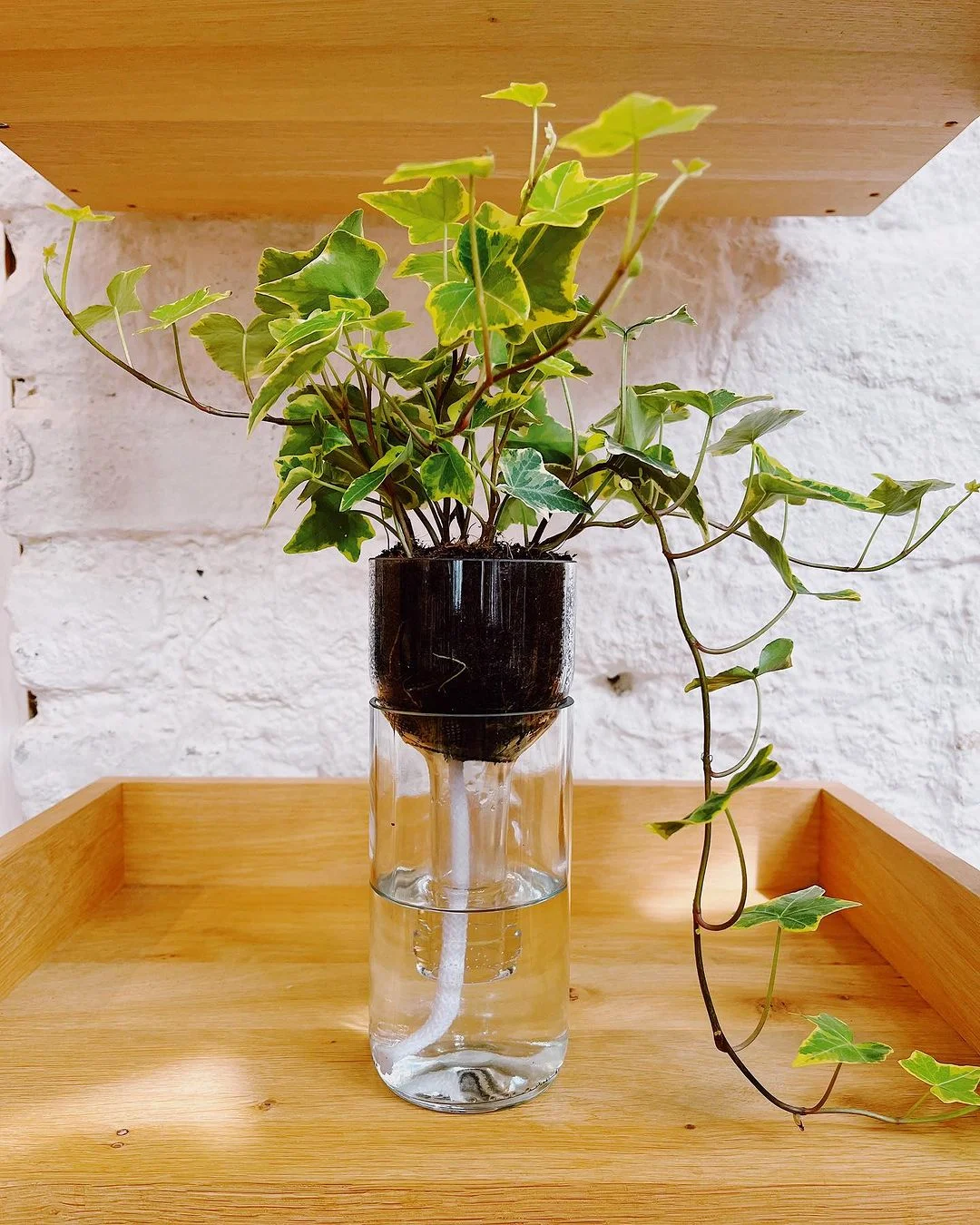
Self-watering pots have a built-in reservoir that supplies water to the plant as needed.
Pros:
- Low maintenance
- Good for plants that like consistent moisture
Cons:
- Limited water capacity
- Not suitable for all plant types
For more information on self-watering pots, check out this guide from the University of Illinois Extension.
2. Drip Irrigation Systems
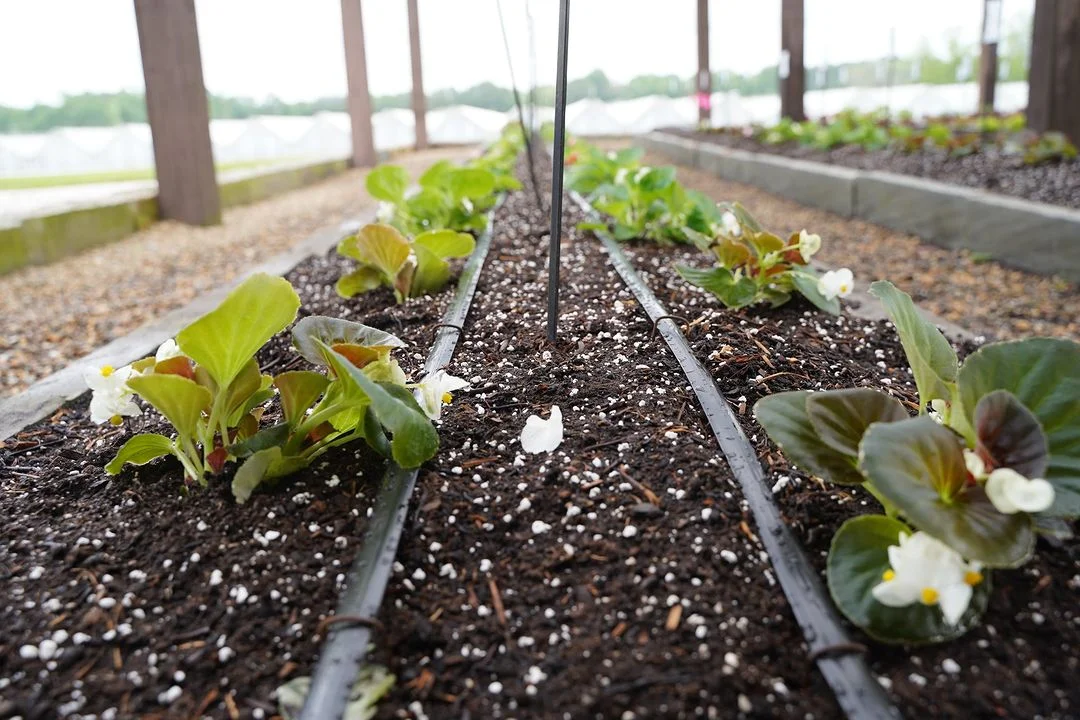
These systems deliver water directly to the plant’s root zone through small tubes.
Pros:
- Efficient water use
- Can be customized for different plant needs
Cons:
- Initial setup can be complex
- May require periodic maintenance
3. Wick Systems
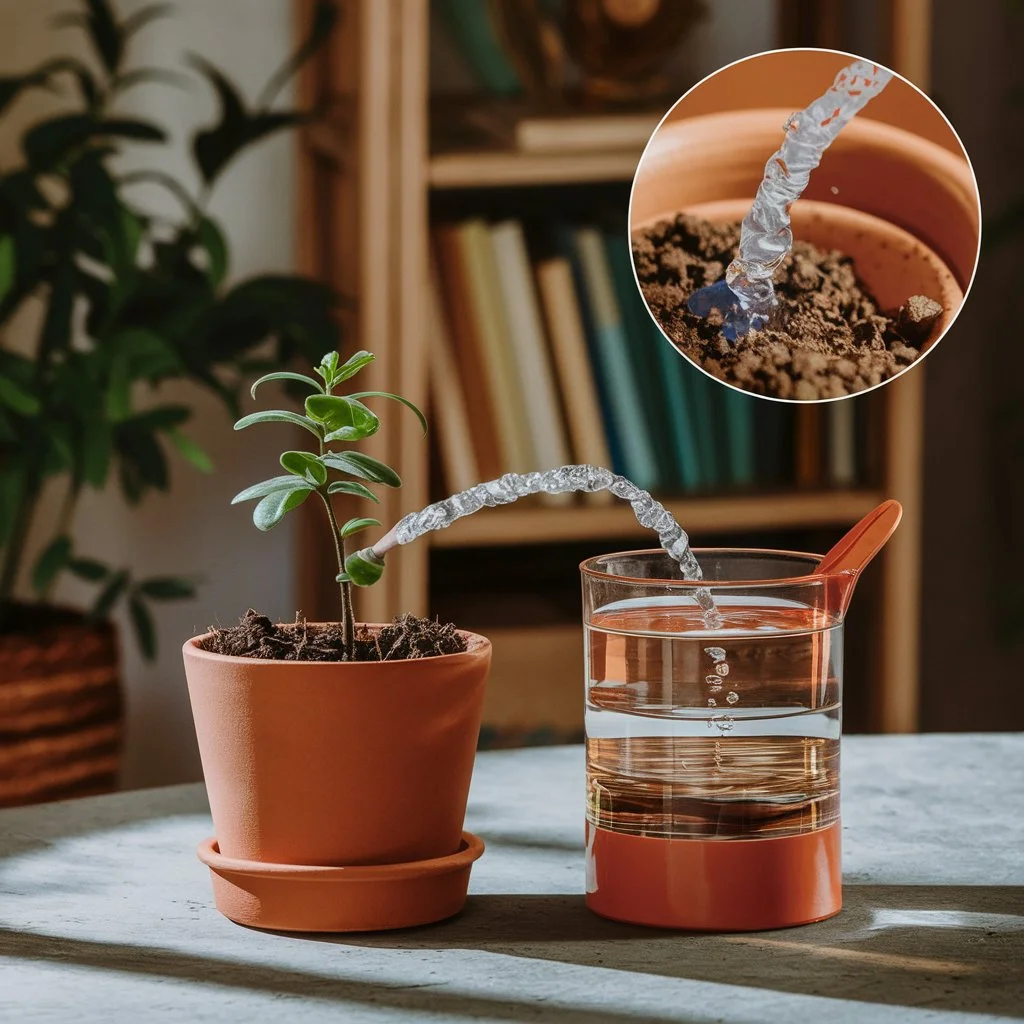
Wick systems use a piece of absorbent material to draw water from a reservoir to the plant.
Pros:
- Simple and low-tech
- Good for small plants
Cons:
- Limited water delivery capacity
- May not be suitable for larger plants
4. Smart WiFi-Enabled Systems
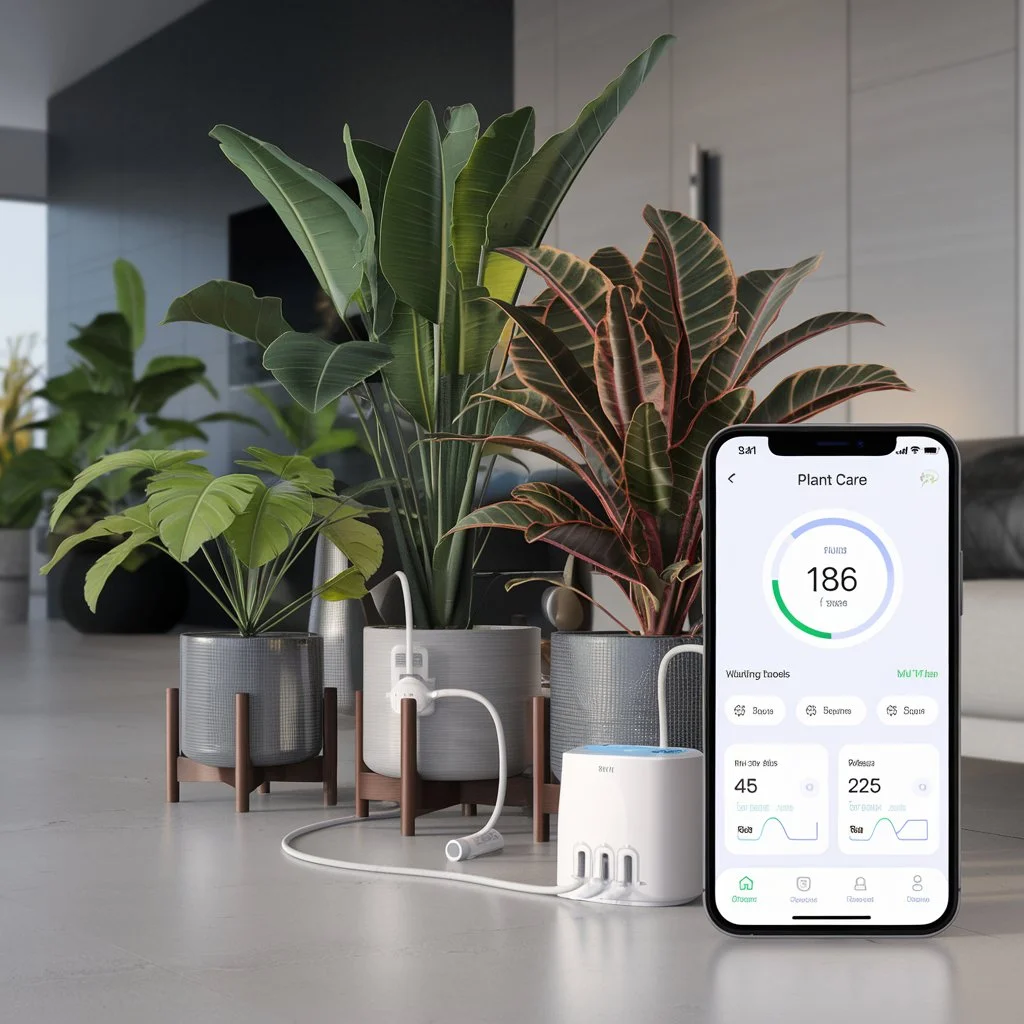
These high-tech systems allow you to control watering schedules via smartphone apps.
Pros:
- Remote monitoring and control
- Can adjust based on environmental factors
Cons:
- Higher cost
- Dependent on WiFi connectivity
For a review of smart plant watering systems, visit IEEE Spectrum’s article on smart plant sensors.
Setting Up Your Indoor Irrigation System
Step 1: Assess Your Needs
- Consider the number and types of plants you have
- Evaluate your space and available power sources
Step 2: Choose Your System
- Select a system that fits your plants’ needs and your lifestyle
Step 3: Installation
- Follow manufacturer instructions carefully
- Group plants with similar water needs together
Step 4: Programming and Calibration
- Set watering schedules based on plant requirements
- Adjust as needed based on plant response and seasonal changes
Benefits of Indoor Plant Irrigation Systems
- Time-saving: Reduce the time spent on manual watering
- Consistency: Provide steady water supply, reducing plant stress
- Water efficiency: Many systems use water more efficiently than manual watering
- Vacation-friendly: Keep plants healthy while you’re away
- Ideal for hard-to-reach plants: Water plants in difficult locations easily
Considerations When Choosing a System
Plant Types
Different plants have varying water needs. Choose a system that can accommodate these differences.
Scale
Consider the number of plants you need to water and the size of your space.
Budget
Systems range from affordable DIY options to high-end smart devices.
Maintenance Requirements
Some systems require more upkeep than others. Consider your willingness to perform regular maintenance.
DIY Indoor Irrigation Systems
For the handy plant enthusiasts, creating a DIY irrigation system can be a rewarding project.
Simple Bottle Drip System
- Clean and puncture a small hole in a plastic bottle cap
- Fill the bottle with water and invert it into the plant pot
- Water will slowly drip as the soil dries
Automated DIY Drip System
Using a small pump, timer, and tubing, you can create a custom drip system for multiple plants.
For DIY irrigation ideas, check out Instructables’ gardening projects.
Troubleshooting Common Issues
Overwatering
- Sign: Yellowing leaves, mold on soil surface
- Solution: Adjust watering frequency or duration
Underwatering
- Sign: Drooping leaves, dry soil
- Solution: Increase watering frequency or duration
Clogged Systems
- Sign: Uneven water distribution
- Solution: Clean filters and check for blockages in tubes
Environmental Impact
Indoor plant irrigation systems can contribute to water conservation:
- Precise water delivery reduces waste
- Some systems use recycled water or collect condensation
- Smart systems can adjust based on humidity and soil moisture levels
For more on water conservation in gardening, visit the EPA’s WaterSense page.
Future Trends in Indoor Plant Irrigation
- Integration with smart home systems
- Use of AI for personalized plant care
- Development of more sustainable and eco-friendly materials
Indoor plant irrigation systems offer a convenient and efficient way to care for your houseplants. Whether you opt for a simple self-watering pot or a high-tech smart system, automating your plant watering can lead to healthier plants and a more manageable indoor garden. As these systems continue to evolve, we can expect even more innovative solutions that make plant care easier and more sustainable.
Remember, while irrigation systems can greatly simplify plant care, it’s still important to monitor your plants regularly and adjust the system as needed. With the right setup, you can enjoy a thriving indoor garden with minimal effort, allowing you more time to appreciate the beauty and benefits of your plants.
For more information on indoor gardening techniques, visit the National Gardening Association’s website.
For more gardening tips and plant care guides, visit usagardenhub.com.


